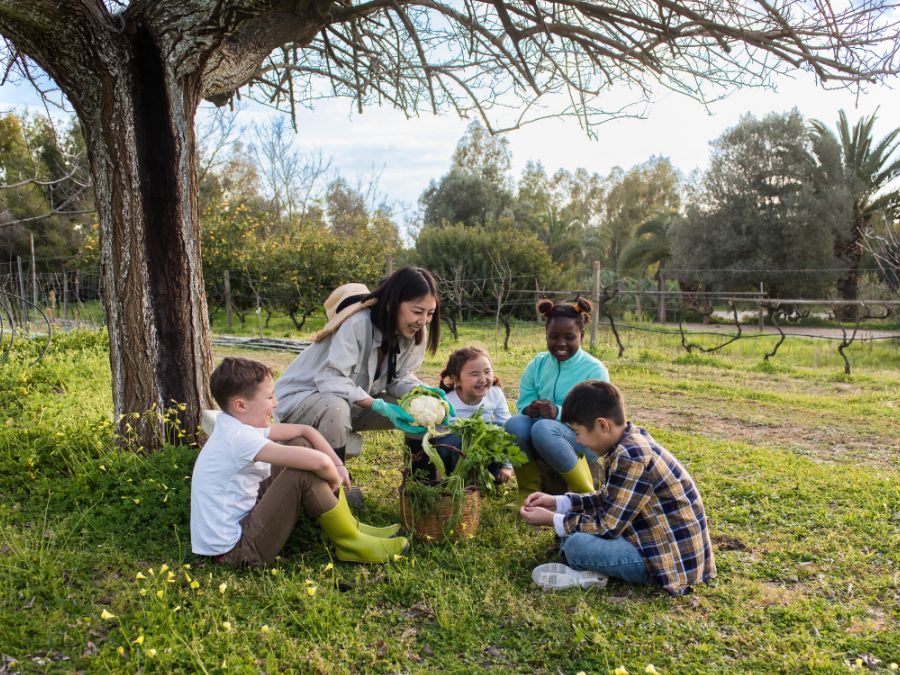
Having an alternative way of understanding ACES and putting it in the larger picture of positive experiences is essential to the ongoing mission of virtually every professional working with children or families. “
- Please introduce yourself and your work to our readers.
Over the years, my work has included leadership in organizations that developed innovative programs and policies for young children and their families: the Ounce of Prevention Fund (now known as Start Early), the Family Resource Coalition, and the Center for the Study of Social Policy (CSSP). These organizations each played a significant role in initiating and supporting innovative approaches to improving outcomes for all children, in all communities.
I led a team from CSSP to develop a new initiative funded by the Doris Duke Foundation, starting in 2001: Strengthening Families. This community based, family focused approach to promoting healthy development continues to evolve into new programs, new ideas and ongoing support for families. Strengthening Families today has state level networks in more than 30 states, a vibrant community of national partner organizations and thousands of local efforts, many led by parents, that continue to provide opportunities for families to take leadership in promoting healthy development for both families and children.
- HOPE builds from the work on the Strengthening Families approach. How do you think HOPE adds to and/or extends that work?
Strengthening Families emerged from research into protective factors associated with family capacity to provide a positive environment for healthy child development. It was designed to answer the question of what families need to promote the optimal environment for their children’s development. The policies and practices associated with Strengthening Families try to find ways to increase families’ capacity to provide that optimal environment.
HOPE goes a step further to focus on the child’s own experiences that lead to healthy outcomes. Families obviously may provide many opportunities for children’s positive experiences. But focusing on the child’s own experiences leads to greater understanding of the wider network of community support and opportunities that should be available to every child.
- Why do you think HOPE resonates with so many across different fields, professions and sectors? Why is it getting the growing attention that it is?
Having an alternative way of understanding ACES and putting it in the larger picture of positive experiences is essential to the ongoing mission of virtually every professional working with children or families. HOPE opens the door to new support for a multitude of programs and practitioners that are involved in one way or another with promoting or providing positive experiences for children. These practitioners are very experienced in providing good programs. They have rarely been able to articulate why these programs are so important to children’s development.
Programs focused on children’s positive experiences and programs focused on positive encouragement for parents are both stymied about how to approach a discussion of adverse childhood experiences. The stunning judgement a high ACES score may offer about an individual child, or many of the children in their communities, can be daunting for both the program and the children (and families) they work with. These programs – and their activist leaders — will embrace HOPE as a great answer to the questions about why they do what they do and the full alternative to depending on ACES to identify the people they work with.
Health practitioners in particular are traditionally highly trained to seek out what’s wrong with their patients and how to fix it. They are often not as highly trained to see beyond the risk factors. HOPE will help them move in a different direction.
- What do you see as the role of the state and federal government in supporting the HOPE framework and the promotion of PCEs in an environment with growing recognition of ACEs?
State and federal governments have the opportunity to view HOPE as a new tool for understanding how they can best support children’s development. In the near future, more robust research on the power of positive experiences and clear results from innovation in programs based on HOPE will be essential for expansion of federal support. Research grants and national resource center options could expand the opportunities for HOPE to expand its research base and develop interdisciplinary program options.
States sometimes take the lead to support new ideas in innovative ways through community based programs that show promising results. Finding advocates and supporters in existing programs at the community level can produce state level investments that will in turn help show the impact of HOPE. In states where Strengthening Families is actively used as part of existing programs in early childhood and child abuse prevention, HOPE should have opportunities to expand the reach and depth of the programs. In several states, Strengthening Families is an integral part of the training system for early childhood professionals, including community college qualification courses.
- Why do you think there is still push back to this shift in thinking about strengths and moving away from a deficits based model?
The deficit model is firmly entrenched in both the minds of most people — and in the reluctance of government at every level to provide help for anyone who hasn’t proven that they “really need it”. There is a fundamental belief in the United States that government shouldn’t be involved in the lives of people except in provably dire circumstances. This is not likely to change quickly even with excellent promotion of new ideas.
Promoting HOPE as a way to understand how people survive and thrive in spite of unfortunate experiences is essential to positioning it as an integral part of our system of support for everyone’s development: family, school, community, institutions. Getting the government to pay for it may take a long time.
Photo by Aubrey Odom on Unsplash


